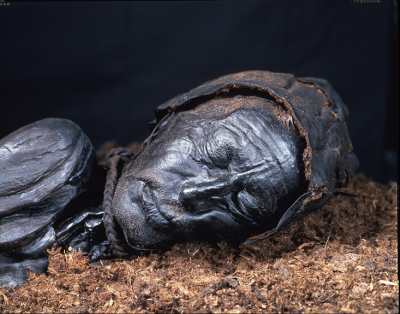Topic: SCIENCE - on July 16, 2016 at 6:10:00 PM CEST
The Curious Case of the Bog Bodies
One Saturday in the spring of 1950, brothers Viggo and Emil Højgaard from the small village of Tollund, in Denmark, were cutting peat in a local bog when they uncovered a dead man. He looked as though he had only just passed away. His eyelashes, chin stubble, and the wrinkles in his skin were visible; his leather cap was intact. Suspecting murder, the brothers called the police in nearby Silkeborg, but the body wasn’t what it seemed. Cracking the case required a special breed of forensic analysis. Famed Danish archaeologist Peter V. Glob, from the University of Aarhus, arranged for the body, along with its bed of peat, to be excavated and transferred to the Silkeborg Museum in a giant wooden box. An examination of the contents of the dead man’s stomach suggested—and radiocarbon dating later confirmed—that he had lived during the third century B.C., in the pre-Roman Iron Age. For more than 2,000 years, Tollund Man, as the corpse became known, had lain at the bottom of the bog, nearly untouched by time, as all of recorded history marched forward over his head.

... Comment










